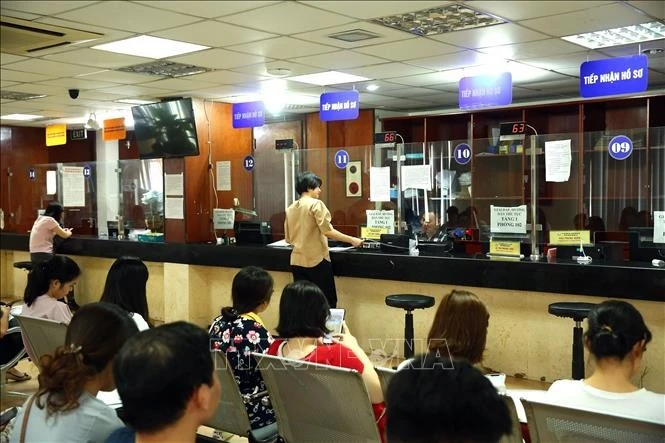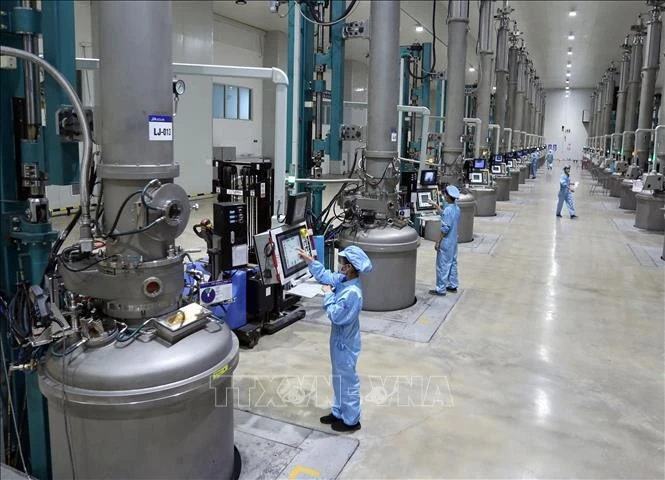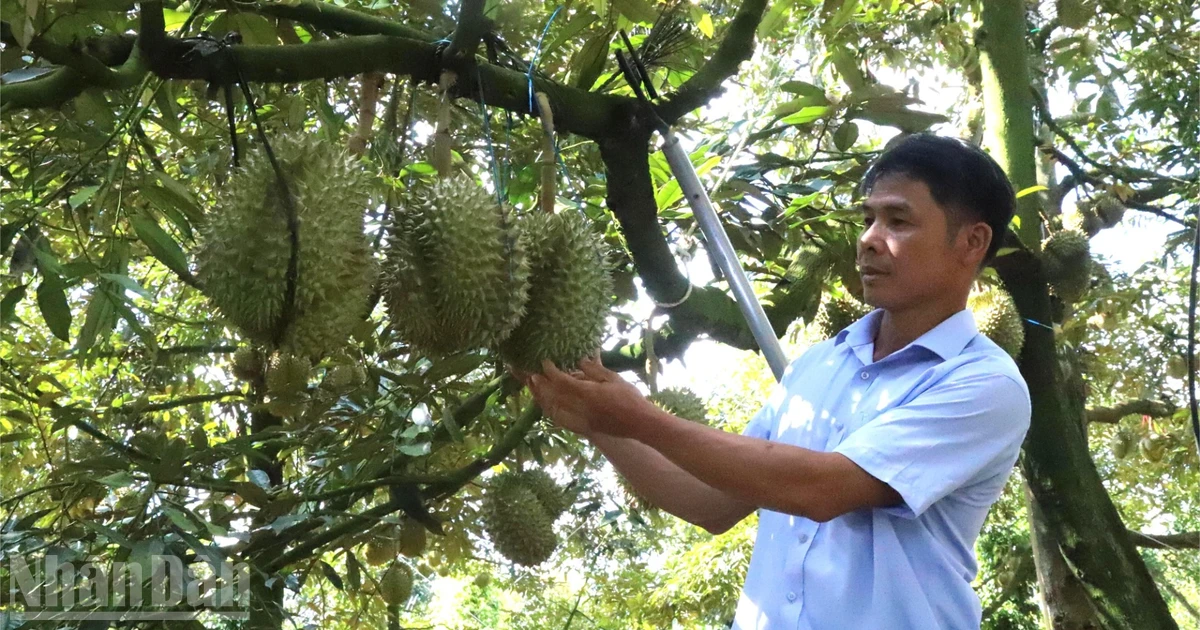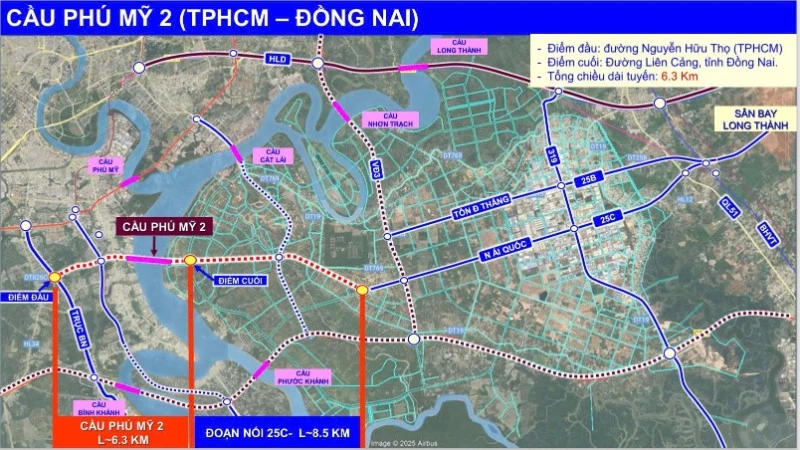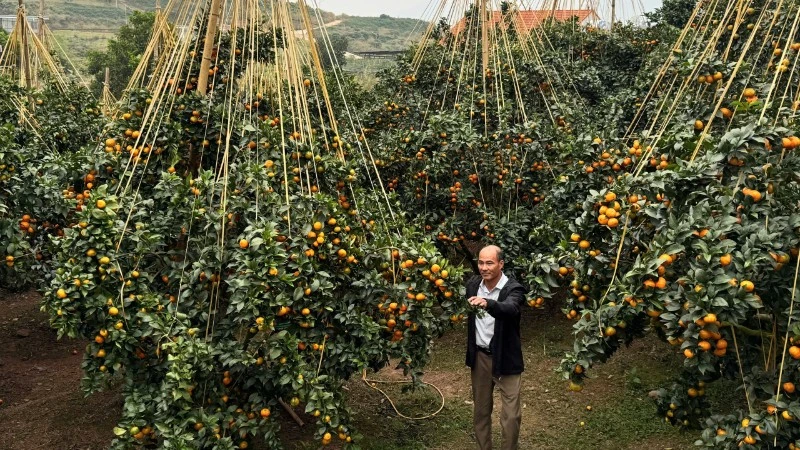Recently, the prime minister issued Decision No. 2326/QD-TTg (dated October 21, 2025) approving the Strategy for Viet Nam’s Retail Market Development to 2030, with a vision to 2050. The strategy outlines the goal of making the retail market a driving force for economic growth, aiming for average annual growth of 11–11.5% in total retail sales of goods and consumer service revenue during the 2025–2030 period.
However, for the Viet Nam retail sector to truly break through and achieve these targets, retail enterprises must proactively restructure, invest in infrastructure and connectivity, innovate business models, and improve product quality and pricing competitiveness.
Digital transformation through the adoption of e-commerce, livestreaming, consumer data, and cashless payments will help strengthen connections and interactions between production and consumption.
This is an inevitable requirement in the context of a booming global digital economy, which aligns with the orientation of the Retail Market Development Strategy to 2030, which aims for e-commerce revenue to grow by 15–20% annually, with around 40–45% of small and medium-sized enterprises participating in e-commerce platforms.
In tandem with this, strong involvement from the state is needed through preferential policies on taxes, fees, and financial support for businesses engaging in digital transformation in the retail sector. It also requires strategic planning and development of retail and logistics infrastructure suitable for each region and the sector’s actual pace of growth, as well as specific strategies for renewing consumption and retail methods and continuing programmes connecting agricultural product consumption, especially in rural and mountainous areas.
In the past, it was commonly believed that agricultural products were unsuitable for sale on e-commerce platforms and only fit traditional channels such as markets, supermarkets, or shops. Yet today, everything from fruit and vegetables to processed agricultural goods is being effectively sold online.
Recently, at the 2025 Agricultural Week, the Department of Domestic Market Management and Development connected with a business to successfully help sell a 50-kg sturgeon for 102 million VND (3,800 USD) via auction, meanwhile nearly 6 tonnes of rice were sold within just two hours of livestreamed sales on social media.
This is considered not only an innovative approach but also a clear illustration of the power of digital transformation, as e-commerce is no longer a supplementary channel but has become a main driver of the retail sector in the new era, directly connecting farmers with consumers and promoting both domestic consumption and exports.
These synchronised solutions will provide a solid foundation for retail enterprises to integrate more deeply into the global market, helping build a Viet Nam retail sector that is increasingly modern, efficient, and sustainable, thereby achieving its growth objectives.


